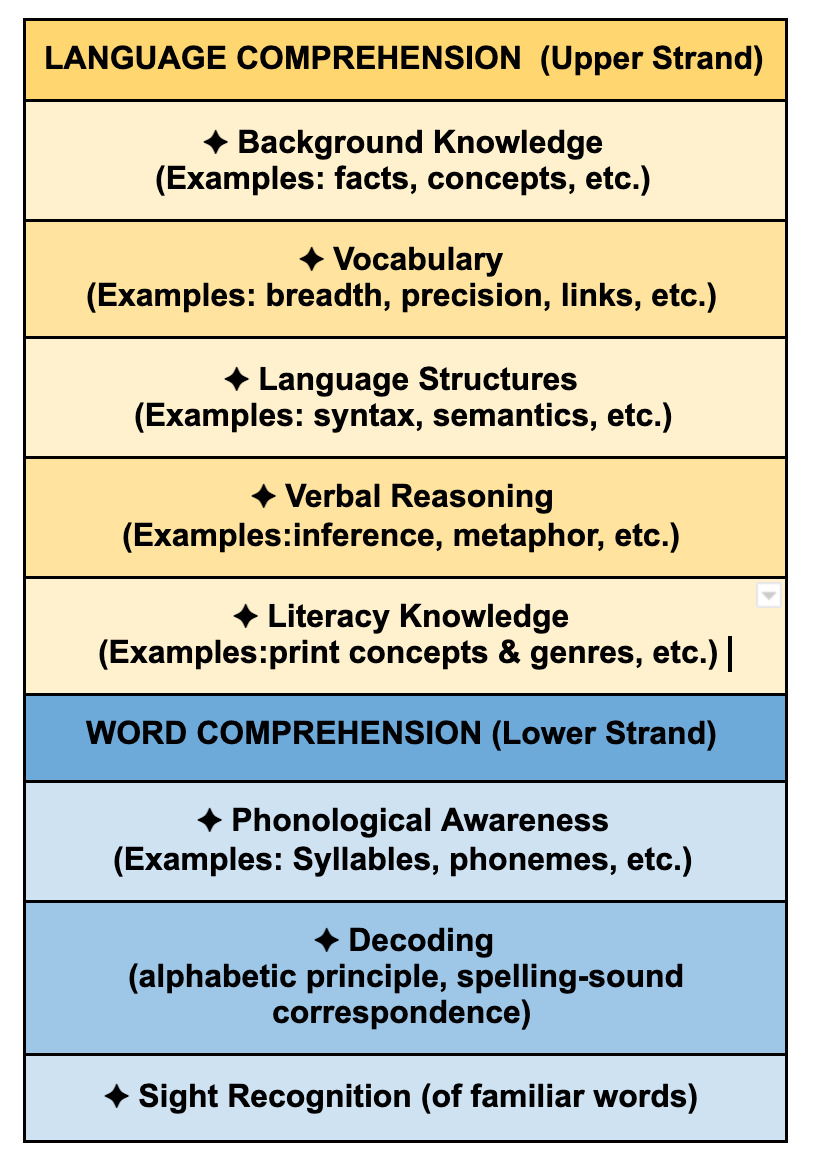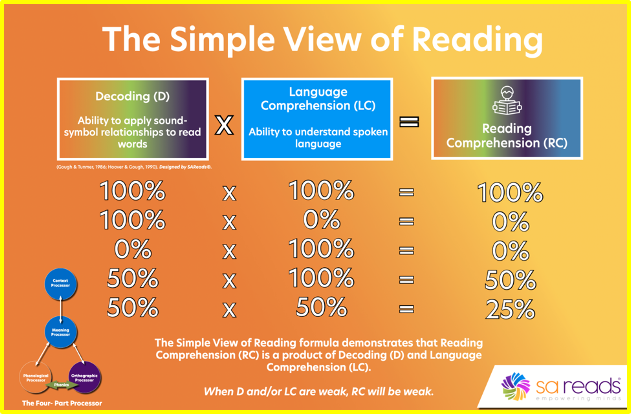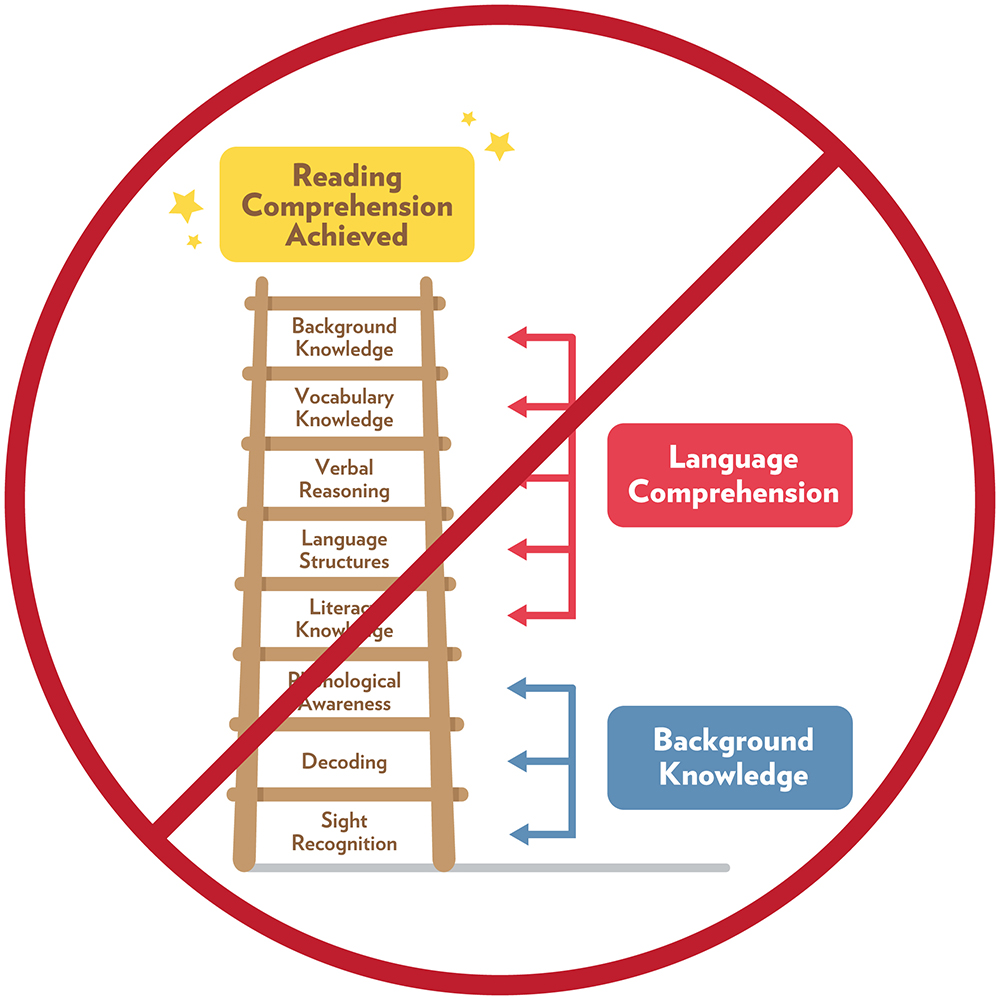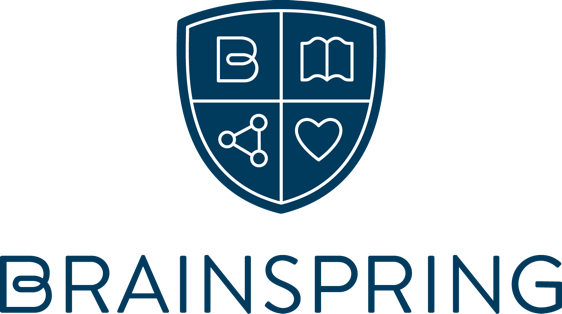Scarborough's Reading Rope: Definition, Strands, & More
Posted by Brainspring on 13th Jun 2024
Where was Scarborough's Reading Rope back when I started teaching? After going through college as an education major in the 90s, the complexities of reading, including how one learns to read and comprehend text, were still baffling to me.
I began my teaching career in 1995, where I taught high school English and later moved to grade 8 language arts. For the most part, I thought I could tell whether my students were skilled readers or not. If they did struggle, the culprit was either fluency or comprehension, or so I thought.
During this time in education, formal assessments used to evaluate students for reading struggles or potential reading disabilities were not available unless one was an educational psychologist. And even then, the word dyslexia seemed foreign. Instead, our assessments were either informal, based on observations, or student work. So, could I say that my students were all skilled readers? Could I prove this with data supported by evidence-based assessments?
But then something happened: Scarborough's Reading Rope had lassoed the world of education by visually organizing the complexities of reading.
The History of Scarborough's Reading Rope
2021 marked the 20th anniversary of when Scarborough's Reading Rope was first published in the Handbook of Early Literacy Research written by Susan B. Neuman and David K. Dickinson. Since 1992, even before this Reading Rope was published, Dr. Hollis Scarborough, the creator, used this visual metaphor to explain to educators the reading processes that needed to co-occur when becoming a proficient reader.
What is Scarborough's Reading Rope?
The Simple View of Reading (Gough & Tunmer, 1986) concluded that if oral language comprehension and word reading/decoding were missing, then reading comprehension could not be achieved. On the other hand, Scarborough’s Rope (2001) expands this fundamental view of reading and lists explicitly what a proficient reader needs.
Scarborough's Reading Rope is a comprehensive and influential model that visually represents the complex and interconnected components of skilled reading. It depicts the multifaceted skills and strategies that proficient readers use to understand written text.
The Strands of Scarborough's Reading Rope
Scarborough’s Rope is divided into two strands. The lower strand, Word Recognition, consists of phonological awareness, decoding, and word recognition; when these skills are frequently practiced, automaticity, accuracy, and fluency are achieved.
Strand One: Word Recognition Components
1. Phonological Awareness: This involves understanding and manipulating sounds in spoken language, including phonemic awareness (awareness of individual sounds or phonemes), rhyming, blending, segmenting, and manipulating sounds.
2. Decoding: It involves translating written symbols (letters or letter patterns) into their corresponding sounds and then blending those sounds together to read words accurately. Decoding includes phonics skills, knowledge of letter-sound relationships, and understanding how to apply these rules in reading.
3. Sight Recognition: This refers to recognizing words automatically, often by sight, without decoding them letter by letter. Sight word recognition involves building a mental repository of high-frequency or irregular words immediately recognized without decoding.
Meanwhile, the upper strand, Language Comprehension, consists of developing and integrating background knowledge, vocabulary, language structures, verbal reasoning, and literacy knowledge. Together, with a great deal of practice time and explicit instruction, these two strands are woven into the outcome: a skilled reader who can fully comprehend a myriad of texts.
Strand 2: Language Comprehension Components
1. Vocabulary: Knowledge of words and their meanings. A broad vocabulary enhances comprehension by allowing readers to understand the nuances of language.
2. Syntax: Understanding the structure of sentences and how words are combined to form coherent phrases and sentences. Syntax comprehension helps in understanding the relationships between words and their roles in sentences.
3. Semantics: Grasping the meanings of words, phrases, sentences, and larger units of text. Semantic comprehension involves understanding literal meanings, figurative language, idioms, and inferential meanings.
4. Pragmatics: Understanding and applying the social and cultural aspects of language. This includes understanding the context, purpose, and appropriate use of language in various situations.
5. Discourse: Comprehending larger units of text, such as paragraphs, stories, or articles. Discourse comprehension involves understanding how ideas are organized, the main idea, supporting details, and drawing inferences from the text.
6. Background Knowledge: Utilizing prior knowledge and experiences to connect with the text. Background knowledge influences understanding by allowing readers to relate new information to what they already know.
How to Use Scarborough's Reading Rope
In 2018, Dr. Hollis Scarborough completed a meta-analysis of 61 studies and identified that the top five "start-of-grade K" predictors, indicating reading proficiency in grade 2, were found in either the upper or lower strands of the Reading Rope.
My Connection With Using the Rope
Over the years, I have worked with my share of literacy curriculums. And although there is no perfect "teach my child to read" curriculum, many of these seemed to address either the Language Comprehension strand or the Word Recognition one. During my secondary literacy experiences, there was more focus on Language Comprehension (upper strand). Then, at the elementary level, the "basics" found in Word Recognition (lower strand) were taught.
My literacy perspective, along with many others in the education field, was incorrect as the above strands should not be seen as the rungs of a ladder where one climbs up or "masters" one step at a time. Since learning to read is not natural and takes years of practice, the above skills should not be taught in isolation or as separate entities. Instead, these individual strands, found in Scarborough's Rope, need to be taught concurrently.
Reading Rope Education in the Present
We now have an RTI process and curriculum-based measures (CBM) based on the science of reading research such as Dibels and Aimsweb. These measures align with the top five "start-of-grade K" predictors found in Scarborough's Reading Rope and help educators be proactive by identifying at-risk readers very early. To close the gap of a potential "at-risk" reader, teachers and specialists should choose the correct intervention based on formal assessments, CBM's, and teacher observations.
In conclusion, the more I study reading, the more I am convinced that learning to read is very similar to an orchestra successfully playing a music composition. Just as each instrument has a part to play in a song, reading also has its own set of tools that need to play together in harmony.
Additonal Teaching Resources:
- Phonological Awareness - Teaching Materials
- Sight Word Readers
- How Phonological Awareness Enables Reading & Spelling
- Multisensory Monday: Sight Word Activities!
- Multisensory Teaching Techniques for Sight Words
- Syllabication: Rules, Division Patterns, & More
- Using Decodable Readers at Home: Support Your Child's Reading Development
Written by Jennifer L. Padgett, M. Ed.
Jennifer is a Structured Literacy Specialist, K-12 in Mexico, Maine.
Brainspring has proudly supported the educational community for more than 25 years.
Our Educator Academy provides educators in grades K-12 with comprehensive MSL Professional Development courses. Learn more about our in-person and online professional development.
The Learning Centers support students through one-on-one, multisensory tutoring sessions. Learn more about our in-person (available in Southeast Michigan) and nationwide online tutoring.






